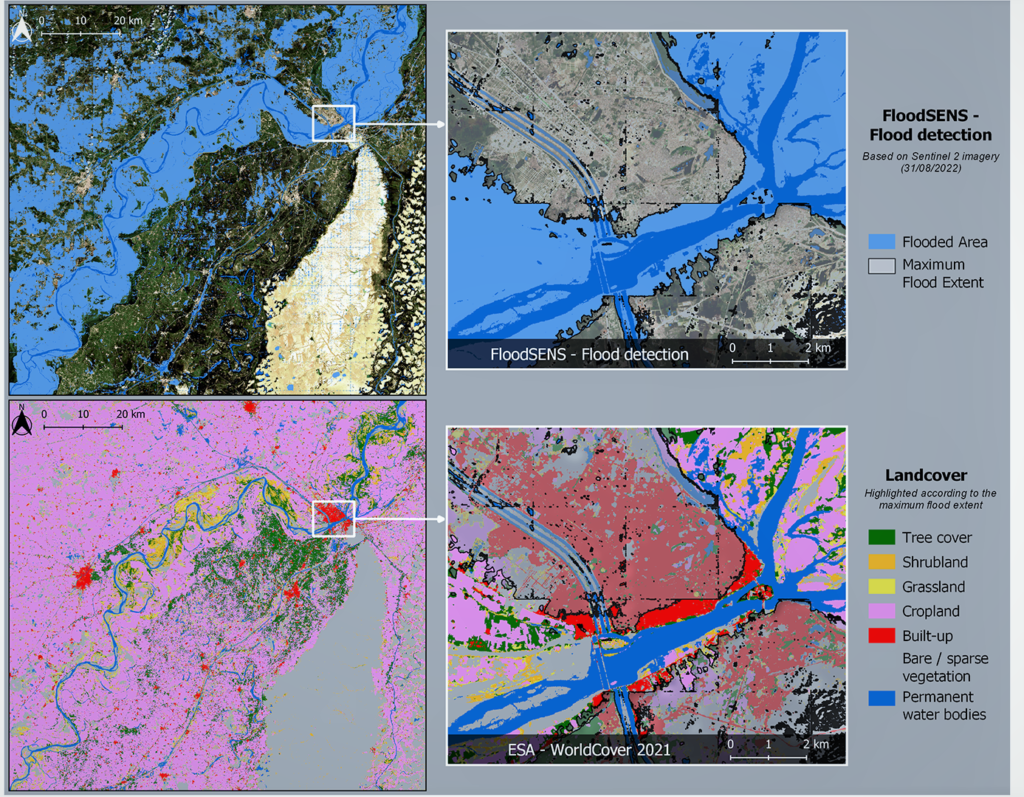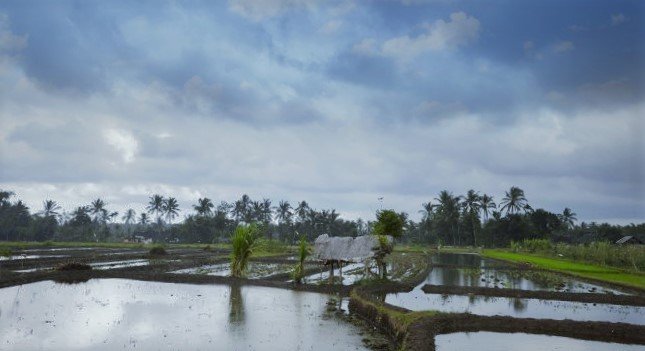Australia and Brazil faced heavy flooding in February, with the latter experiencing landslides and massive loss of life. South Africa was hit by a similar calamity in April, while the African Sahel region faced severe floods during the rainy season. Nigeria, Pakistan, and the Philippines were among other countries severely affected by devastating floods. Hundreds of thousands of homes were destroyed or damaged, while the agricultural and livestock sectors suffered significant damage. The ongoing cholera outbreak further compounded the already dire situation.
Responding effectively to floods requires a sequence of actions that some nations struggle to implement. The financial and human resources required for these endeavors are not readily available to every country. Inadequate land use practices, particularly in dry regions like the Sahel, often lead to increased exposure for residents living near rivers. The proliferation of buildings in flood-prone areas reduces the capacity for floodwaters to disperse, intensifying the hazard both locally and downstream.

Floodplains are typically fertile lands utilized for agriculture, with countries like Pakistan heavily relying on these areas for crop production. However, floods inevitably damage crops, posing significant challenges to food security and contributing to issues such as malnutrition. Floods disrupt education, strain healthcare systems, and increase the risk of diseases. Consequently, significant efforts are required to support humanitarian interventions in affected areas and facilitate recovery and rebuilding processes.
The major floods of 2022 have provided valuable lessons regarding the importance of proactive measures, effective emergency management, and long-term investments in flood prevention and response capabilities. Governments, international organizations, and communities must work together to develop comprehensive flood prevention strategies, improve infrastructure resilience, and enhance early warning systems.











